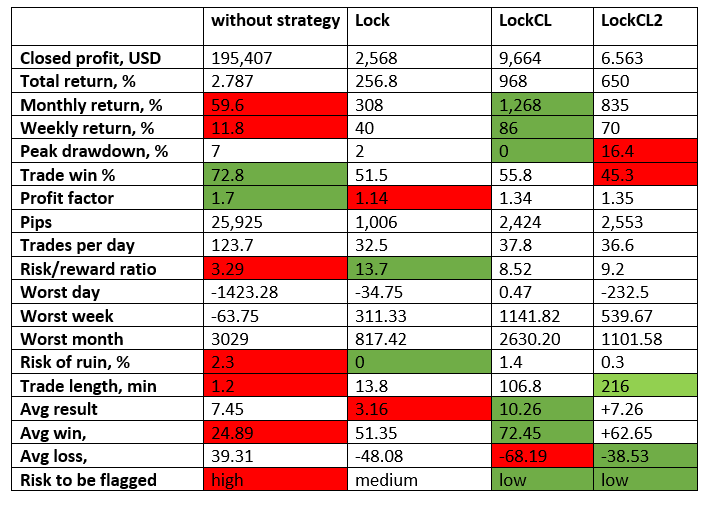We are constantly asked about the best way to use latency arbitrage. I want to tell you how to better prepare your account and how to use it more effectively.
Firstly, latency arbitrage is more detectable by the broker than, for example, lock arbitrage. But if you use strategies, the period that your latency arbitrage goes undetected may be longer. Either way, it will be a week or two before the broker determines that it is latency arbitrage. The advantage of latency arbitrage is that it allows you to make money fast, and the more knowledge that you invest into preparing your account, the higher the chances of you making more money will be. For example, many traders can make 300%- 400% in profit quickly.
How to test forex broker for latency arbitrage trading
You need to open an account, and if you don’t know this broker, we suggest you make a smaller account and see which pairs work the best for latency arbitrage. If you are going to use this technique to test the broker, it is best to open the account for someone else, as you want to use another account for yourself later on, when you can trade to the full extent. You open a small account, add the maximum amount of pairs, and wait for at least two trades on each pair. Brokers usually have currencies with one liquidity provider and cash CFDs with another. So, for example, arbitrage could work for CFDs but not work for currencies, and vice versa. You should also take a look at CFDs such as D30 and US30 and see what kind of slippage and execution time. This will give you an idea of how this broker will work with currencies or CFDs. We recommend using FX Brokers Test KIT for slippage/execution time testing or SharpTrader Arbitrage analyses.
How to prepare account for latency arbitrage trading
Next, we can prepare an account for you or someone else. To prepare it, you will wait a couple of days and then try some manual deals and lose some money; after this, the broker will put you into B-Book, as the broker wants to make money on commission. It is essential to refrain from inputting a large deposit as your account may be put into A-book automatically. After this step, you make a few trades with a small lot and only hold your orders up for a short time. This is especially true with gold and CFDs, which are very volatile. These orders must be the same day, short, and using a small lot. For example, if you use $1000 to trade and lose $100 dollars, you will be put into a B-book.

Latency Arbitrage trading
After this, you need to add your account and configure strategies. We recommend lockCL and lockCL2 strategies, which have an advantage over the regular lock strategies as the orders are up for longer, and the trader makes more profit.

Pic.1 - Latency Arbitrage with build-in strategies comparison table
Once you add this strategy, you will start trading with a bigger lot so you make more profits quickly. This allows you to create 300% - 400% profit and then open another account with the same broker under a different name or an account using the same name with a different broker. In the previous step, whilst preparing your account, if you are trading manually or using an expert advisor to create the illusion that you are an unsuccessful trader, you need to use the same pairs that you will use to trade later on with our arbitrage software. Using your smaller account, these pairs will also be the same that you discovered to be profitable earlier on.
If it's a broker recommended by us, we can already tell you which pairs are successful, so you won’t need this step, but we still recommend preparing your account the way that we have discussed in order to be successful using latency arbitrage. To prepare an account, you will need around a month, as they will look at your starting trades, and then they’ll check a bit later and repeat this process a few times. By taking a month, you are completely tricking the broker into thinking you are not a successful trader. After you trick the broker and your account is put into B-book, it gives you a phenomenal chance of making lots of profit using our latency arbitrage strategy.

